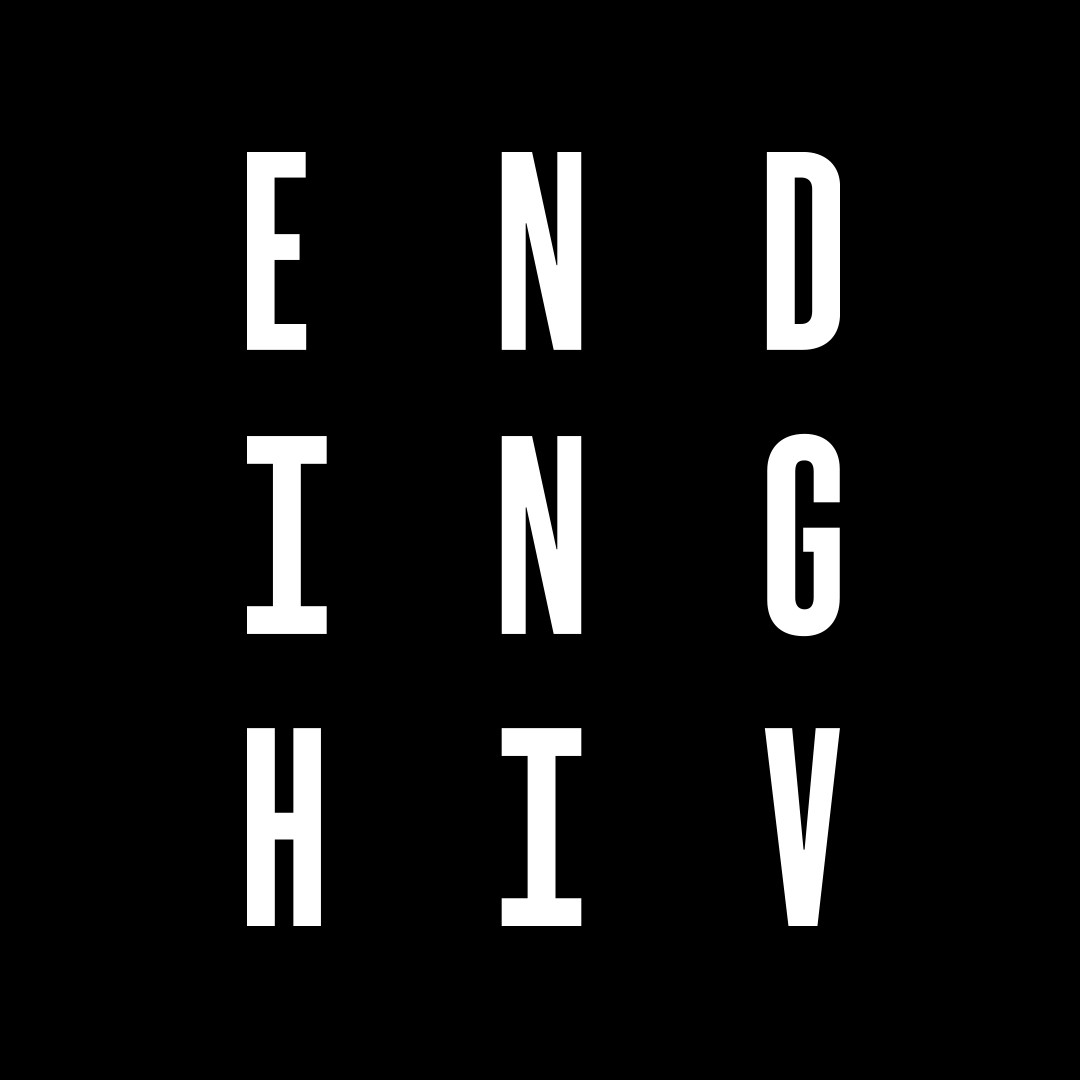THE ELUSIVE ‘IDEAL’ CD4 CELL COUNT
Having an ideal body weight, an ideal body shape, and perhaps an ideal relationship is important for many gay men, but what might be the ideal status for the immune system is possibly not much thought about by gay men. For our health it’s much more important!
Our bodies just chug along doing the marvellous and vast array of things that we expect them to do. Healthy diet, adequate physical activity, meaningful daily activities, a good sense of self and friends and family will go a long way to helping that along.
HIV obviously hugely disturbs that, but for most guys with HIV after some initial settling into treatment things return pretty much to feeling physically ‘normal’: their HIV viral load drops for most to undetectable levels, energy and sense of well-being return and life goes on (with HIV as a constant if unintended and almost invisible co-traveller). But what’s happening below the surface?
The ‘magic’ CD4 count of 500
For much of the history of PLHIV the magic CD4+ count of 500 has reigned supreme. That set the bar as to what might be a healthy response to HIV treatments (and largely determined when treatments might sensibly be commenced). It was the gold standard, the measure of what might be the ideal. However, recent research findings suggest that in healthy adults the ‘normal’ CD4 count might be much higher. Have we set the bar too low? Should an ‘ideal’ CD4 cell count be higher?

For many years most PLHIV and some of their doctors believed that all was well with the immune system when CD4+ counts were above 500. There was a common belief that treatment could be put off until CD4 counts fell below 500, and that once commenced a healthy immune status would be achieved.
What is the average CD4 count in people without HIV?
Surprisingly not much has been published by scientists until quite recently. Earlier this year, as part of a major study of PLHIV in California who had been recently infected, a review of 25 health-related studies involving 16,000 HIV-negative people was undertaken. The studies were in Australia, North America and Europe and involved adults across the age spectrum. The review found that for people of European descent the average CD4 count was in the range 940-1080 CD4 cells. The full article is here, it’s worth a read to see how early treatment might benefit you (technical difficulty: medium)
If that represents the norm for otherwise healthy people, many (if not the majority) of PLHIV on treatment may not be reaching that bar. This doesn’t mean that they’ll crash and burn: quite the opposite, treatments will prevent that. What it does mean is that the closer we can get to that ‘ideal’ the better.
But the story doesn’t end there!
We know that CD4 counts vary between men and women (women generally have slightly higher counts) and that CD4 counts slowly decline with age, especially after 60 years of age. We also know that in general healthy people the number of CD4 cells exceeds the number of CD8 cells (CD4 cells are sometimes designated ‘helper’ cells organising immune responses and that CD8 cells are more involved in actually ridding the body of unhealthy organisms). This is not the case for most PLHIV who will have a CD4:CD8 ratio of less than one.
Why is this important? Like CD4 cell counts, CD4:CD8 ratios are an indicator of immune status. A CD4:CD8 ratio which is inverted (less than one) may indicate that the immune system is working hard to control disease, is ageing and that it is not working as effectively. In the general community, older people have inverted CD4:CD8 ratios, loss of new (naïve) CD4 cells and immune systems which work harder to control bacteria and viruses. PLHIV with low CD4:CD8 ratios are more at risk of poor cardiovascular health.
These issues are discussed extensively in recent reports from the International AIDS Conference in Kuala Lumpur check out this article at NAPWA and this one on aidsmap.
The Bottom Line
HIV causes a significant decline in CD4 cell counts and if treatment to reverse this damage is delayed, the road back to a healthy immune status (as measured by the bar of 900 CD4 cells and a CD4:CD8 ratio greater than one) will be longer.
Gay men with HIV who commence treatment early may in fact maximise their opportunity to achieve the ideal immune status.
